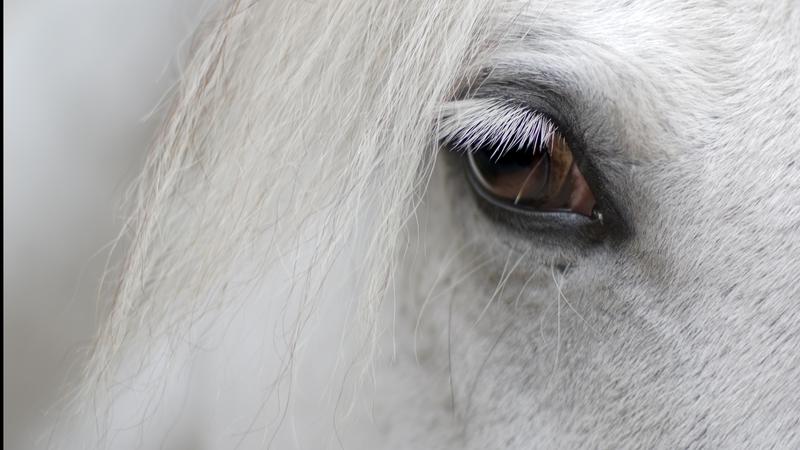
Animal abuse trial begins in N.Battleford provincial court
The horse was lying partially upright.
Its hind legs were splayed open and its head and muzzle cocked and at an angle. From where the two animal protection officers, the veterinarian and property owner Ellen Haudeck were standing, they could see that the horse was physically frozen to the ground and looked dead.
“It wasn’t until we noticed that there was an eye blinking on the horse that we determined that it was indeed still alive,” said Kimberley Doig, an animal protection officer who was the first expert witness to take the stand at North Battleford Provincial Court on Mar. 26.
“Around the horse’s muzzle on the ground, there was a pool of blood, so the horse was unable to move any part of its body other than the blinking of its eye,” she told the court.


